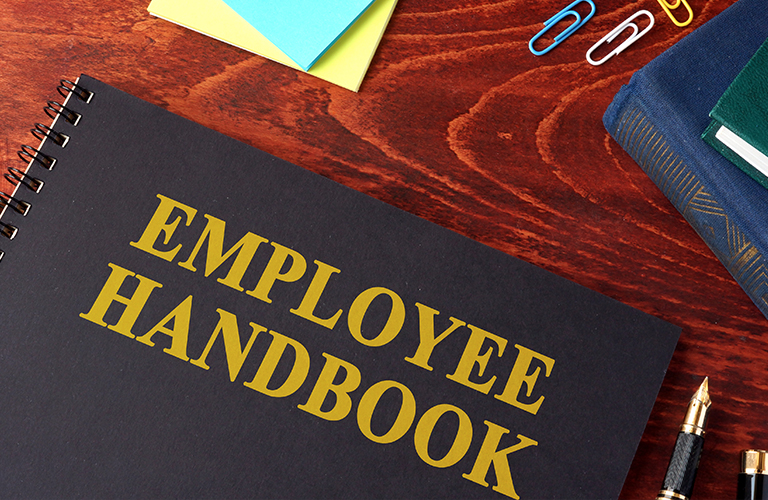
On December 14, 2017, the National Labor Relations Board (NLRB) issued a pair of decisions, Hy-Brand Industries and Boeing Company, overturning two standards that have plagued employers in recent years and marking a shift from the direction of the previous NLRB. In Hy-Brand Industries, the NLRB overturned its 2015 Browning-Ferris standard for finding unrelated employers to be a joint employer of the same employees under the National Labor Relations Act. Read more about the joint employer standard created by Browning-Ferris here. In essence, the NLRB held that “two or more entities are joint employers of a single work force . . . if they ‘share or codetermine those matters governing the essential terms and conditions of employment.'” To determine whether this standard is met, the NLRB considered “whether there is a common-law employment relationship with the employees in question.” If such a relationship exists, the next consideration was “whether the putative joint employer possesses sufficient control over the employees’ essential terms and conditions of employment to permit meaningful collective bargaining.”
In overturning Browning-Ferris, the NLRB stated that its “fundamental disagreement with the Browning-Ferris test is not that it treats indicia of indirect, and even potential, control to be probative of joint employer status, but that it makes such indicia potentially dispositive without any evidence of direct control in even a single area.”
The NLRB’s decision in Hy-Brand Industries revived the standard for assessing joint employer relationships that was in place for more than 30 years before Browning-Ferris. As such, the NLRB will consider whether “one employer while contracting in good faith with an otherwise independent company, … retained for itself sufficient control of the terms and conditions of employment of the employees who are employed by the other employer.” The focus will be “on whether an alleged joint employer ‘meaningfully affects matters relating to the employment relationship such as hiring, firing, discipline, supervision, and direction.’”
In Boeing Company, the NLRB overturned its 2004 Lutheran Heritage standard for weighing the legality of employee handbook policies. In Lutheran Heritage, the NLRB examined the following three prongs: (1) employees would reasonably construe the language to prohibit Section 7 activity; (2) the rule was promulgated in response to union activity; or (3) the rule has been applied to restrict the exercise of Section 7 rights. The overwhelming majority of the cases were decided on whether an employee might reasonably construe the rule to restrict Section 7 activity, regardless of how the rule has actually been enforced.
In Boeing Company, a three member majority of the NLRB held that “the Board will no longer find unlawful the mere maintenance of facially neutral employment policies, work rules and handbook provisions based on a single inquiry, which made legality turn on whether an employee ‘would reasonably construe’ a rule to prohibit some type of potential Section 7 activity that might (or might not) occur in the future.” Instead, the NLRB adopted a new standard for evaluating a facially neutral policy, rule or handbook provision: “(i) the nature and extent of the potential impact on NLRA rights, and (ii) legitimate justifications associated with the rule.”
The NLRB emphasized that, in applying this standard, it will strike a proper balance between the employer’s asserted business justifications for the policy, rule or handbook provision and the invasion of employees’ Section 7 rights focusing on the perspective of employees. As a result of this balancing, the NLRB stated it would delineate three categories of employment policies, rules and handbook policies that represent a classification of results from the NLRB’s application of the test.
Category 1 will include those rules and polices the NLRB deems as lawful to maintain because the rule, when reasonably interpreted, does not prohibit or interfere with an employee’s Section 7 rights or the potential adverse impact on protected rights is outweighed by justifications associated with the rule. Category 2 will include rules that warrant individualized scrutiny in each case as to whether the rule would prohibit or interfere with an employee’s Section 7 rights, and if so, whether any adverse impact on NLRA-protected conduct is outweighed by legitimate business justifications. Finally, Category 3 will include rules that the NLRB will designate as unlawful to maintain because they would prohibit or limit Section 7 rights and the adverse impact is not outweighed by justifications associated with the rule. As an example, the NLRB noted that rules prohibiting employees from discussing wages or benefits with one another would fall under Category 3.
The three categories are not part of the test, but, in future cases, the NLRB will determine what type of rules fall into which category. While the legality of some rules will turn on the particular facts of the case, the NLRB believes this new standard and category baskets will provide employers, employees, and unions greater clarity and certainty regarding the legality of employment rules and policies.
If you have any questions or concerns on how these decisions may impact your business practices or have any other questions please contact your labor and employment counsel at Smith, Gambrell & Russell, LLP.

